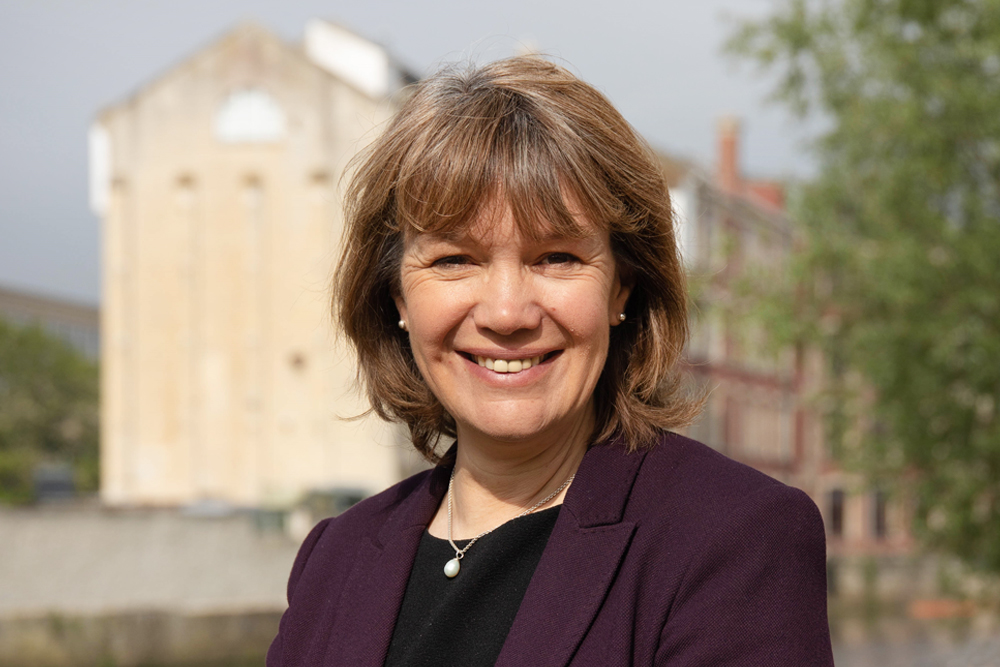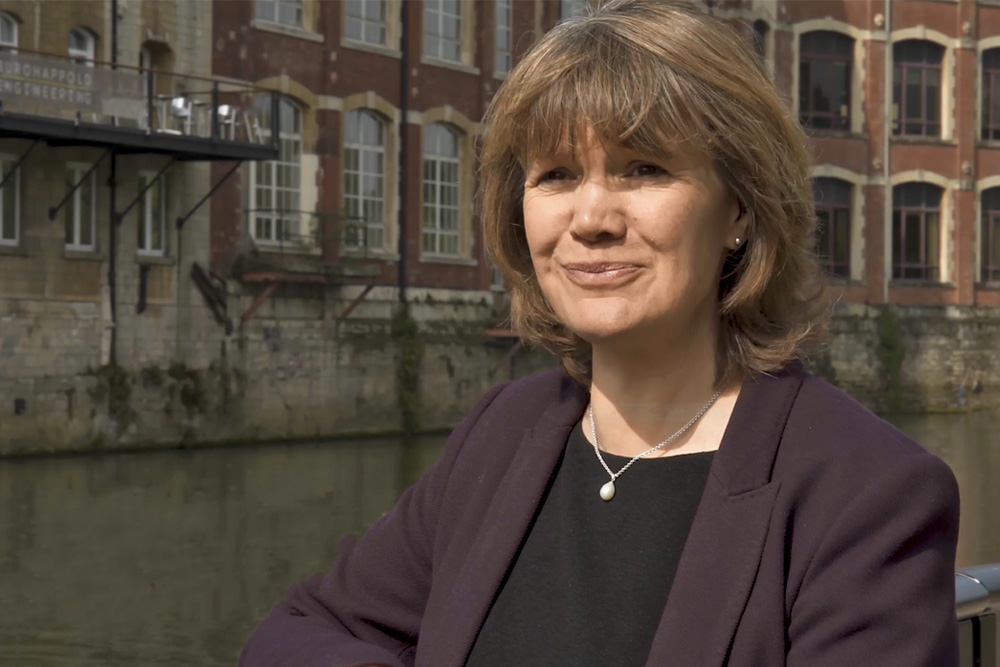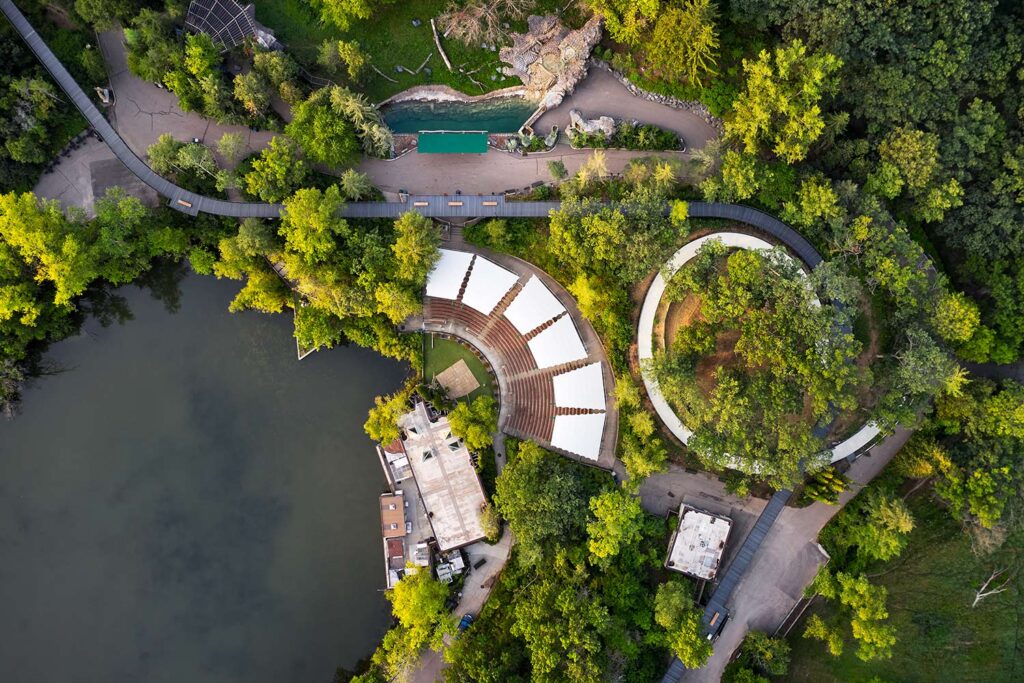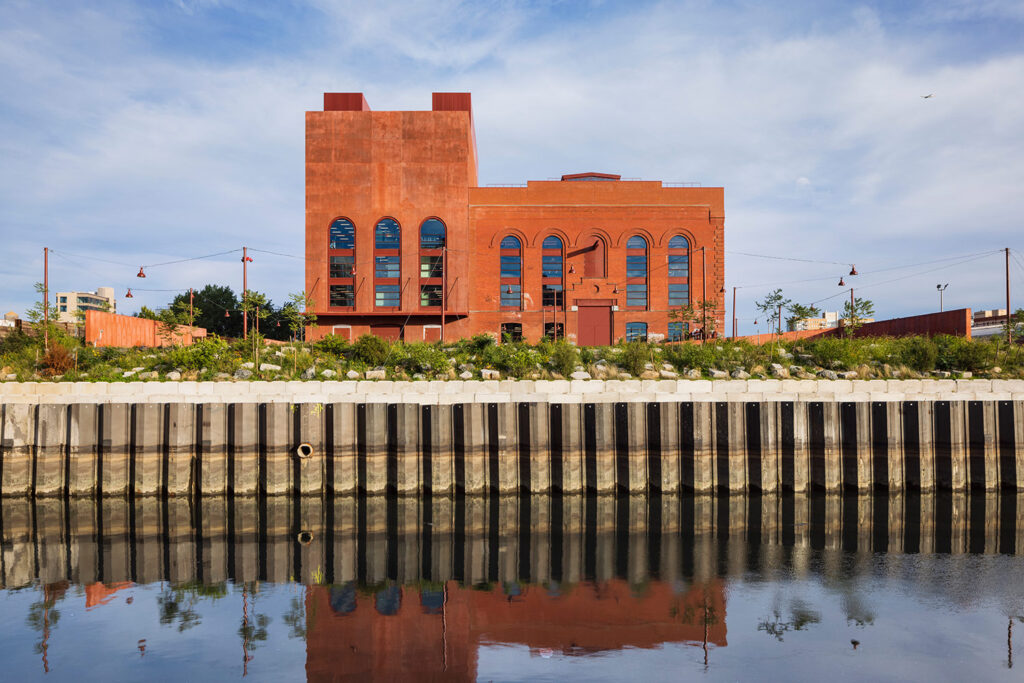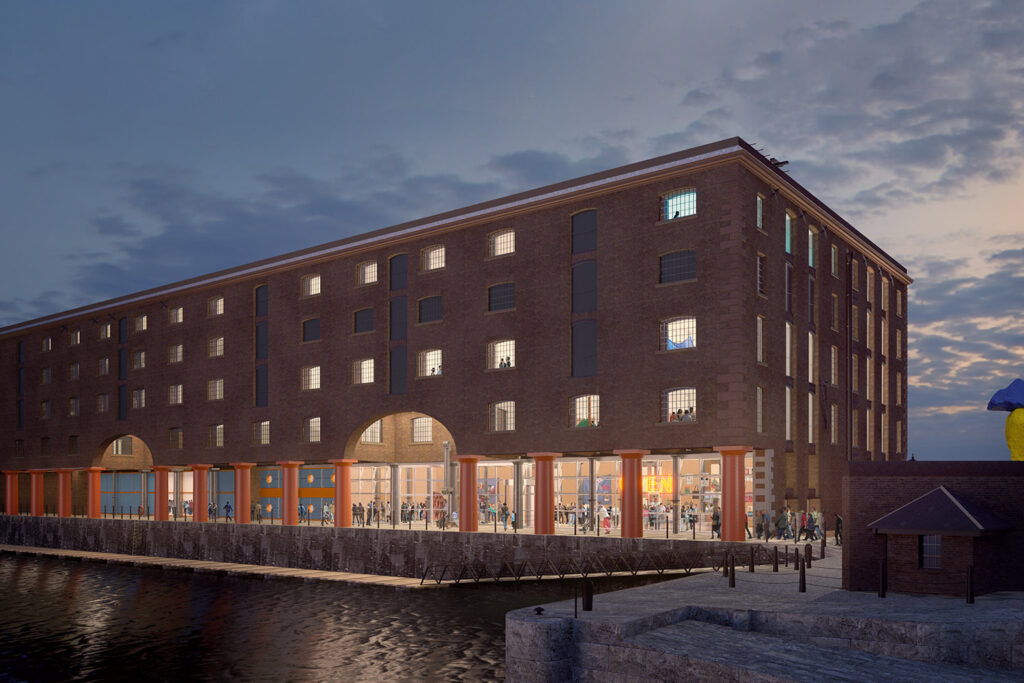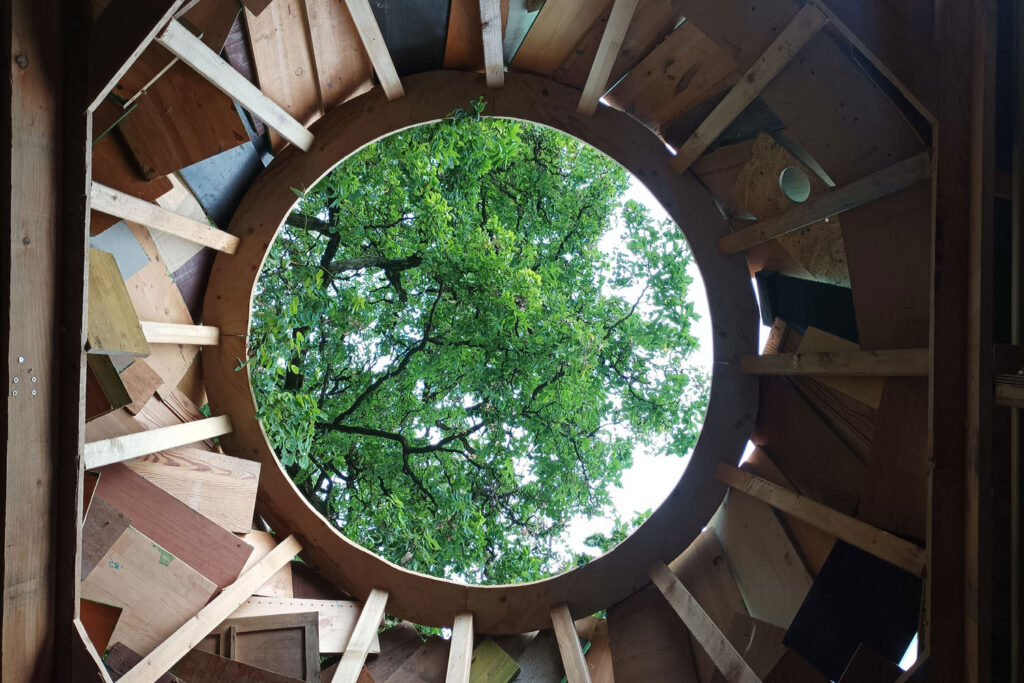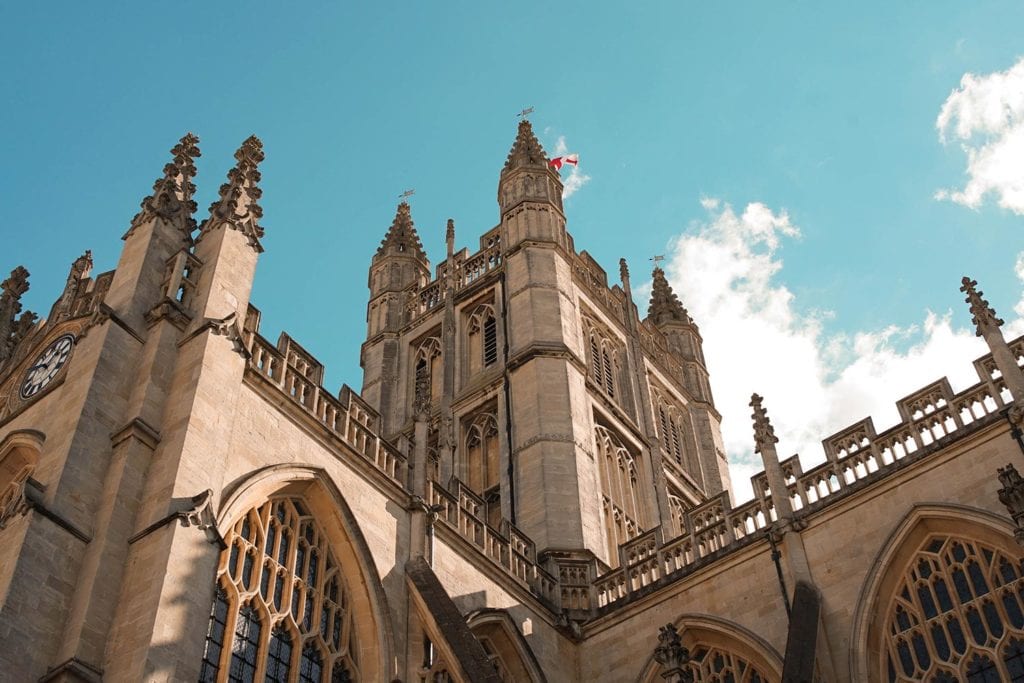
Bath Abbey Footprint Project
Bath, UK
Project details
Client
Bath Abbey
Architect
Feilden Clegg Bradley Studios
Services provided by Buro Happold
As one of the most visited places in the South West, Bath Abbey welcomes over 420,000 visitors annually and has a regular congregation of 600 people. With parts of the Abbey dating back to the 16th Century, significant renovation projects have been undertaken in recent years in an effort to secure the future of this historic building.
Buro Happold worked with the Abbey on their Heritage Lottery Funded Footprint Project to replace the floor, upgrade the heating system and refurbish the vaults to create new spaces.
Challenge
The Abbey’s floor has over 8,500 burials beneath it, many of which have started to collapse, making the floor structurally unstable. The building’s 100-year-old heating system was also starting to fail. Our engineers needed to stabilise the floor, install new heating and refurbish the vaults below ground floor level to expand the Abbey’s facilities.
The Abbey had the unique opportunity to make use of the Bath hot spring water, which rises naturally to a number of sprints and boreholes in the centre of the city. The Roman Great Drain carries nearly 1,000,000 litres of natural hot water from the Roman Baths, which is located adjacent to the Abbey, to the River Avon every day. While this presented an ideal opportunity to provide the Abbey with a sustainable heating system, the water is technically difficult to use in practice due to high mineral and silt content, dissolved oxygen and risk of corrosion, and health risks from pathogenic amoeba. Our team needed to propose solutions that would allow the water to be safe and usable.

Solution
Our early design stage studies identified that under floor heating would be the ideal background heating solution, with supplementary trench heating for colder days. We carried out more detailed dynamic thermal modelling and computational fluid dynamic studies to further refine and optimise the design to ensure comfort and energy efficiency.
To allow the Abbey to use water from the hot springs for the heating system, our team proposed a closed-loop heat exchange system, which can extract 160kW of energy from the water. The heat exchangers provide water at 20-25°C to the Abbey’s electric heat pumps. The pumps in turn raise the temperature to 50-55°C, suitable for under floor heating and trench heating during milder weather.
We carried out numerous trials and analysis within the Great Drain, including a month-long weir investigation to determine what raised water level was required within the drain to submerge the heat exchangers without flooding the Roman Baths. Work involving the drain was challenging, not only due to the confined space and difficult access, but also gaining the correct approvals. The whole site is an ancient monument area, so a number of different consents needed to be obtained and a new licence agreement was created between the Local Authority and the Abbey.
Our visualisation specialists created an augmented reality experience telling the story of how the water from the hot springs would be extracted and then re-used to heat the Abbey and surrounding buildings. The augmented experience used an iPad and trigger image. This was then used at various local Bath events to help demonstrate the engineering processes to the public.

Value
The £20 million Bath Abbey Footprint project will protect the historical building into the future, preserving the heritage site and allowing it to continue to attract thousands of visitors every year.

Awards
2023
Civic Trust Award



